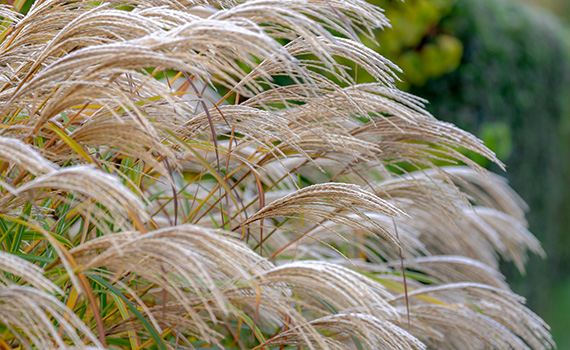Vegetative buffers yield many benefits for poultry farms

Vegetative buffers offer aesthetic, poultry-management and disease-control benefits to producers, in addition to showing the farm’s commitment to environmental stewardship, said Paul Patterson, PhD, former professor and Extension poultry specialist and now professor emeritus, Pennsylvania State University.
He noted seven benefits of vegetative buffers in a presentation at the 2022 Midwest Poultry Conference:
- Neighbor relations: Landscaping helps beautify the farm and buildings or screens the view from the road and neighbors. “Often, the act of planting trees and shrubs is viewed favorably and can appease neighbors when tensions are high,” he said.
- Air quality: Vegetative filters help with air quality (dust, ammonia, odor, endotoxins, microorganisms, etc.). “Generally, warm-season grasses, shrubs and deciduous trees tolerate dust better than evergreens,” Patterson said. “Leguminous shrubs and trees that fix nitrogen are especially tolerant of ammonia emissions. Strategically designed, vegetative filters can trap and treat poultry-house dust and ammonia, reducing down-wind emissions and the odor that travels with dust. In addition, filtering exhaust-air dust can reduce odors up to 65% [Hartung, 1989]. Odors tend to go with the dust so, if you can cut the dust level, you can make a difference in odor.”
There has been some research on the benefits of buffers in terms of bird health, Patterson said. “In one study, we had coops of naïve, pathogen-free pullets outside the buildings, with rows of willow trees and rows of arborvitae trees (a native evergreen). We saw significantly reduced antibody levels of Newcastle disease.”
Vegetative buffers also impact the air temperature under the eaves where fresh air enters into the barn. “We’ve measured air temperatures in the morning, and it was 79° F on the side without the buffer and about 10° F degrees less on the other side,” Patterson reported. “In the afternoon, the difference was less than 1° F. I think this is a big opportunity. We should be pulling that warmer air in for brooding baby birds in the morning and using the cooler air from the other side in the afternoon for the older birds.”
- Water quality: Riparian buffers can be used to slow water run-off and trap and treat nutrients (N, P), microorganisms and sediment for water quality.
- Energy conservation: Vegetative buffers can provide wind breaks, shade banks or a snow fence. “Conservation of energy and fuel savings can be realized using vegetative wind breaks to block the wind that robs building heat and drives fan motors backwards,” Patterson said.He added that strategically planted snow fences can direct snow away from barn roofs to prevent drifting and potential collapsed roofs. They also help direct snow away from load-out doors, feed bins, building and/or farm entrances and parking areas to reduce the labor and fuel associated with snow removal.
Conversely, in hot weather, “shade banks are mini-forests with multiple species that create a cool-air environment that can typically be 10° F lower than the barnyard temperature,” Patterson said. “They can shade the afternoon sun and are a source of cooler inlet air for bird comfort.”
- A source for bedding and/or fuel: “Biomass buffers can be renewable sources of warm-season grasses like switch grass or miscanthus giganteus, that can yield 3 to 8 tons or 5 to 11 tons per acre per year, respectively, Patterson explained. Biomass willows are another option. The material can be chopped and spread as poultry bedding or utilized in a biomass burner as a fuel.
“Biomass buffers can frequently grow on marginal lands adjacent to poultry barns and require little fertilization,” he said. “They can scrub the soil of built-up phosphorus from repeated litter applications and can advance the farm toward carbon-neutral goals.”
- Shelterbelts for cover and protection of outdoor access: “For outdoor-access and organic birds, buffers can be planted to provide shelter for birds in inclement weather and provide cover from ground and aerial predators,” Patterson said. “Birds are less inclined to go outdoors if the field is open with no cover, shade or protection.”
- Silvopasture as part of a multi-cropping system: “Silvopasture is the deliberate integration of trees and grazing-livestock operations on the same land,” Patterson said.
“These systems can be niche markets for local poultry meat or eggs; however, one should not count on the silvopasture system providing any more than a fraction of the nutritional requirements of the bird,” he cautioned.
Check grants and cost-share options
“For most of these conservation practices, there are local, state and federal grants and cost-share programs to help support the installation and maintenance of vegetative buffers,” Patterson said. “Furthermore, they are not expensive installations, and many pay dividends to the farm and for bird performance.”
Posted on December 15, 2022
 We’re glad you’re enjoying
We’re glad you’re enjoying














